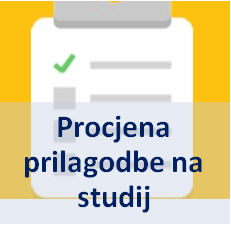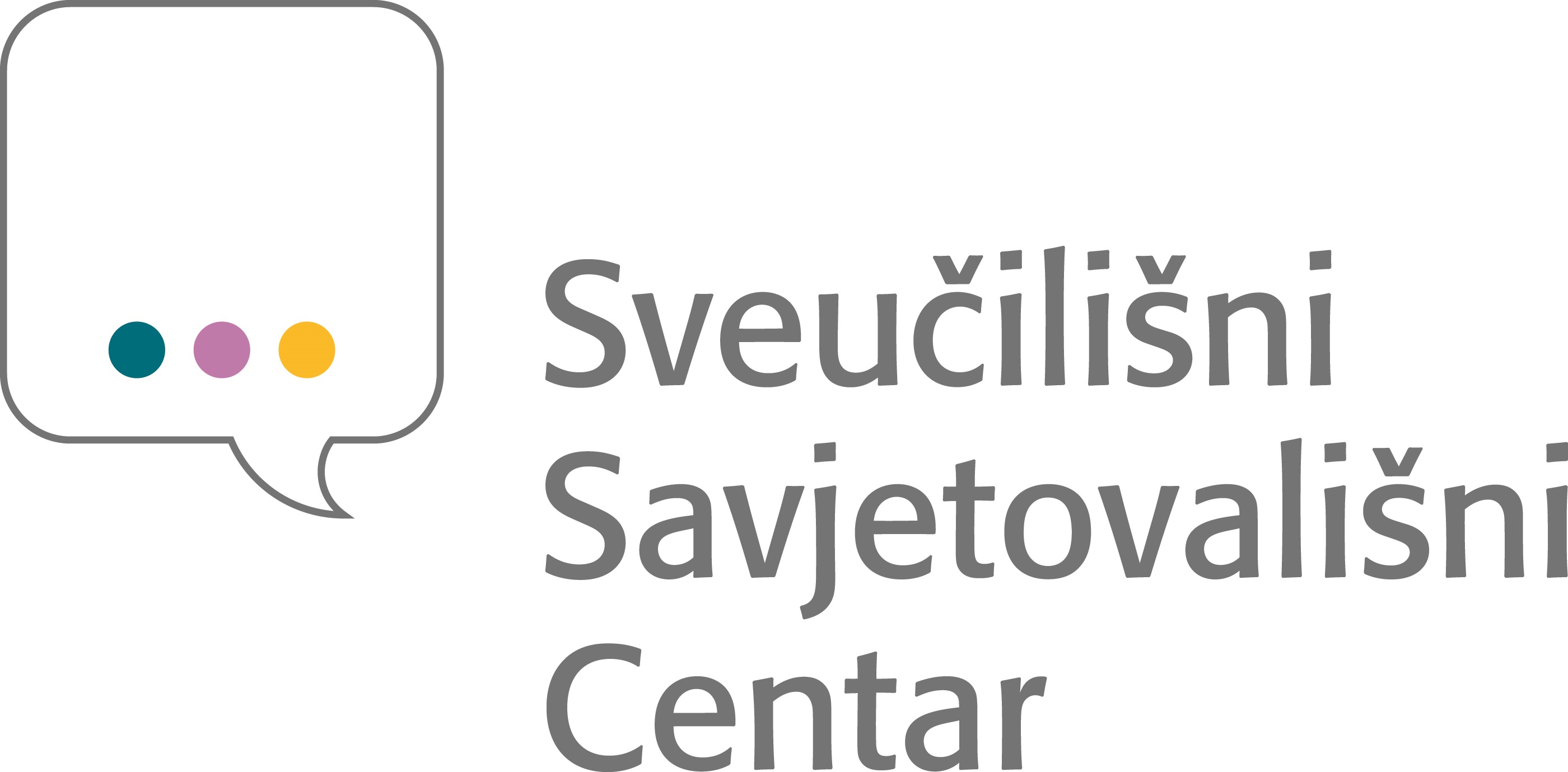Novosti iz biotehnologije
Klinika Cleveland i IBM predstavili prvo kvantno računalo posvećeno istraživanju zdravstvene zaštite
Klinika Cleveland i IBM službeno su predstavili prvu implementaciju kvantnog računala u privatnom sektoru, kojim upravlja IBM u Sjedinjenim Državama. IBM Quantum System One instaliran u Klinici Cleveland bit će prvo kvantno računalo na svijetu koje će biti posvećeno istraživanju zdravstvene zaštite, sa ciljem da pomogne Klinici Cleveland da se ubrzaju biomedicinska otkrića... VišeSolving the genome puzzle
The Guardian, Solving the genome puzzleSmart contact lens as a new diagnostic tool
Google, Novartis, California University and partners are developing smart contact lens for diagnostic purposes1. Project was started in 2015, and the clinical studies are expected to be finished in 2016. The idea for the project comes from Sensimed company who first designed sensor contact lens for monitoring intraocular pressure in glaucoma patients2,5. However, this project has a wide range of possible applications in diagnosis and it could be used for measuring blood glucose levels in diabetic patients, correcting presbyopia or detecting environment allergens1,3,4. Also, this contact lens could measure a wide range of carrier's biological data such as body temperature, alcohol levels etc., primarily analyzing physiological characteristics of tears4. Lens could be integrated with smartphones or computers for constant monitoring of physiological markers and data. Project is ecologically friendly since the lens are solar powered.
1. Google, Novartis Smart Lens To Be Ready For Human Trials In 2016 by Jof Enriquez, September 2015.
2. From www.popsci.com, Sensor equipped contact lens monitors glaucoma sympthoms around clock
3. From https://googleblog.blogspot.hr, Introducing our smart contact lens project
4. By Cadie Thompson, October 2015.
5. Piso et al., Modern Monitoring Intraocular Pressure Sensing Devices Based On Application Specific Integrated Circuits, Journal of Biomaterials and Nanobiotechnology, 2012,3,301-309
Tissue regeneration using Pixie dust
Earlier this year, a team of scientists from the McGowan Institute at the University of Pittsburgh succeeded to regenerate entire tissues using what they call “Pixie Dust”. The substance they used is actually pulverized Extracellular Matrix (ECM) isolated from a pig's bladder that they applied to a cleaned wound after a man lost his finger. They stitched the wound back together and followed his condition. It took three months for the wound to heal and it was replaced by healthy bone, soft tissue and even a finger nail.Dr. Stephen Badylak, Professor at the Department of Surgery and the head of the team, reports that they have been focused on two areas. Besides digit extension where they are able to regrow fingers cut of under the fingernails, they have also been working on treatment of burns.
Extracellular Matrix was in this case obtained by purification of pig's bladder which was cleaned from all cell debris and DNA, but ECM can also be purified from other animal species, like dogs and cat. This scientific breakthrough has great potential for use in military and civil purposes and is also recognized by DARPA (Defense Advanced Research Projects Agency) which should ensures its transfer to practical use.
Sources:
1. Man Regrows Finger Tip With Pigs Bladder. Human Limb Regeneration. [cited 2015 Dec 17].
2. Coakley DN, Shaikh FM, O’Sullivan K, Kavanagh EG, Grace PA, McGloughlin TM. In vitro evaluation of acellular porcine urinary bladder extracellular matrix – A potential scaffold in tissue engineered skin. Wound Med. 2015 Dec;10–11:9–16.
3. Schilling R. Tissue Repair With Extra Cellular Matrix. 2015 [cited 2015 Dec 17]
New Treatment for Heart Failure
A new drug combination developed by Novartris (LCZ696) proved superior to angiotensin-converting–enzyme (ACE) inhibitor enalapril, which has been the mainstay treatment for heart failure for almost 25 years. LCZ696 comprises two drugs: (1) sacubitril (AHU377), neprilysin inhibitor which blocks the degradation of endogenous vasoactive peptides, such as natriuretic peptides, bradykinin, and adrenomedullin, and (2) valsartan, as angiotensin-receptor blocker.
LCZ696 was more effective than enalapril in several outcomes such as reduced hospitalization, reduced symptoms and physical limitations of heart failure, and reducing the risk of cardiovascular deaths by 20%.
The results were so significant that the PARADIGM-HF trial comparing LCZ696 to enalapril, the largest heart failure study ever done, was terminated early due to obvious superiority of LCZ696.
For more information see:
http://www.nejm.org/doi/full/10.1056/NEJMoa1409077#t=articleBackground
Or press releases:
http://time.com/3224444/new-heart-drug-saves-lives/
http://www.novartis.com/newsroom/media-releases/en/2014/1852531.shtml
Kontakt
Radmile Matejčić 2
51000 Rijeka
Tel. +385 51 584 550
ured@biotech.uniri.hr
OIB: 64218323816
IBAN: HR3724020061400006958
Radmile Matejčić 2, O-047
http://studentska.uniri.hr/
Nadležna studentska liječnica:
dr. sc. Marijana Turčić, dr. med. spec. školske medicine
Radmile Matejčić 5, Rijeka
051/584 875 / 876
e-mail:
skolska.kampus@zzjzpgz.hr



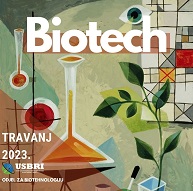





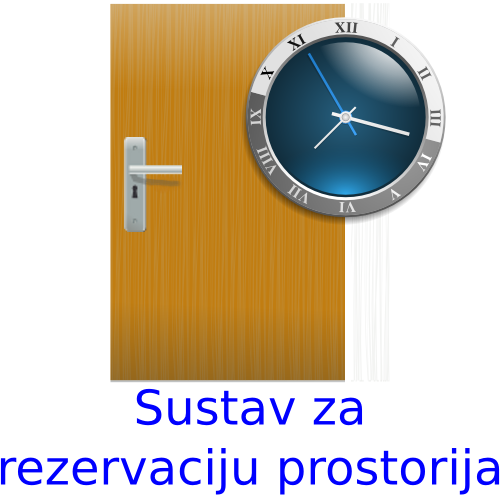


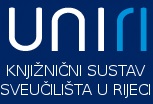
.png)
